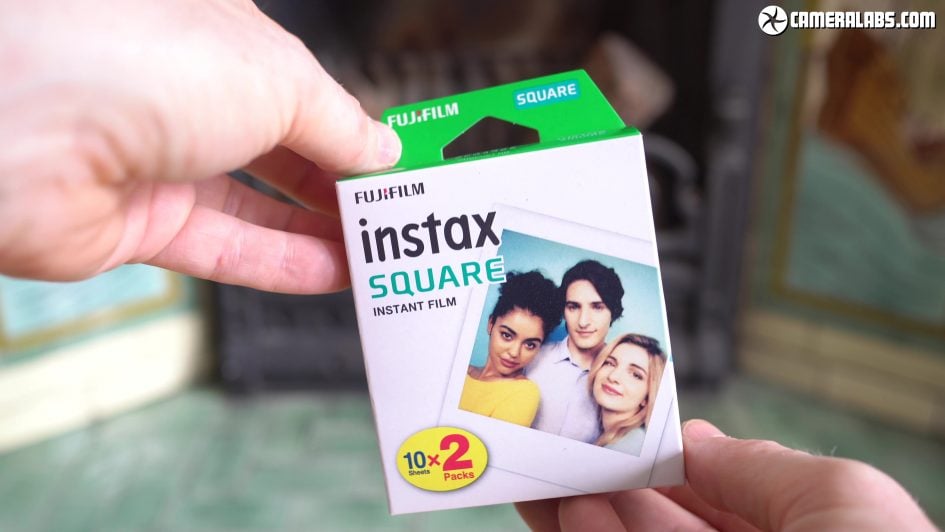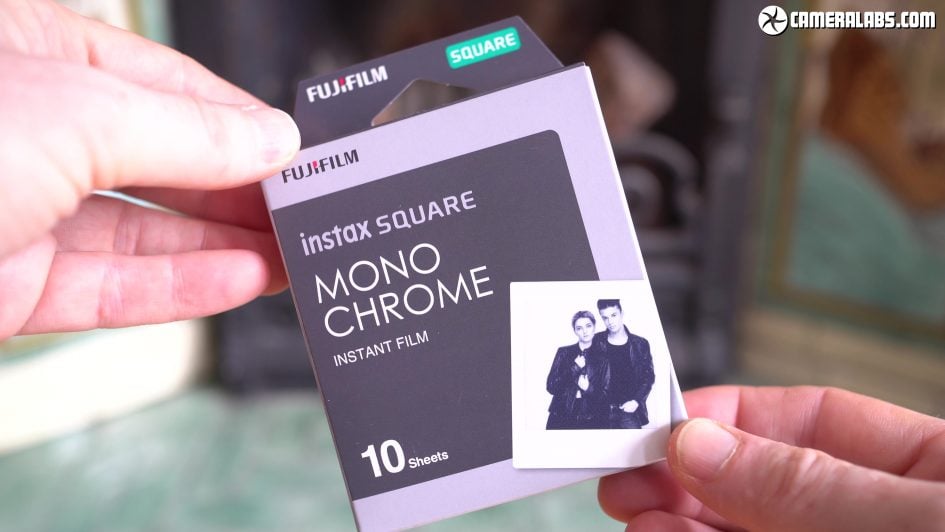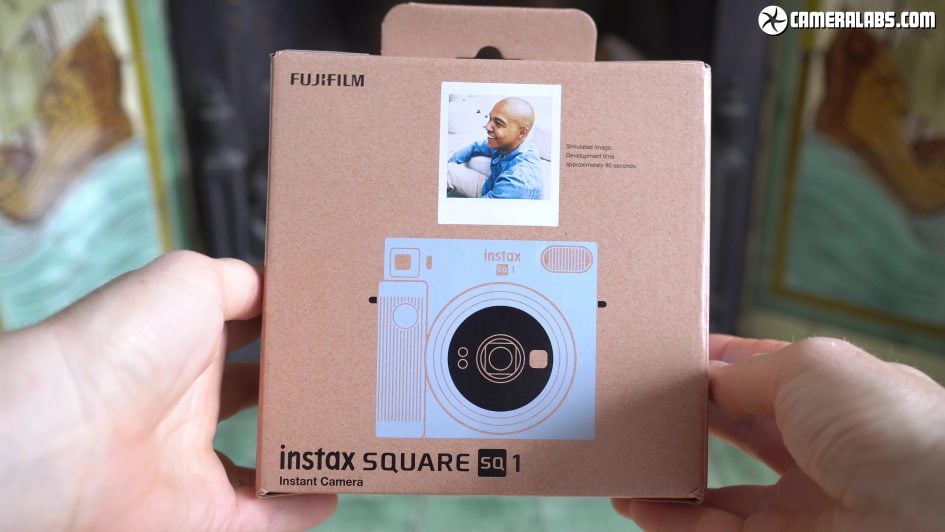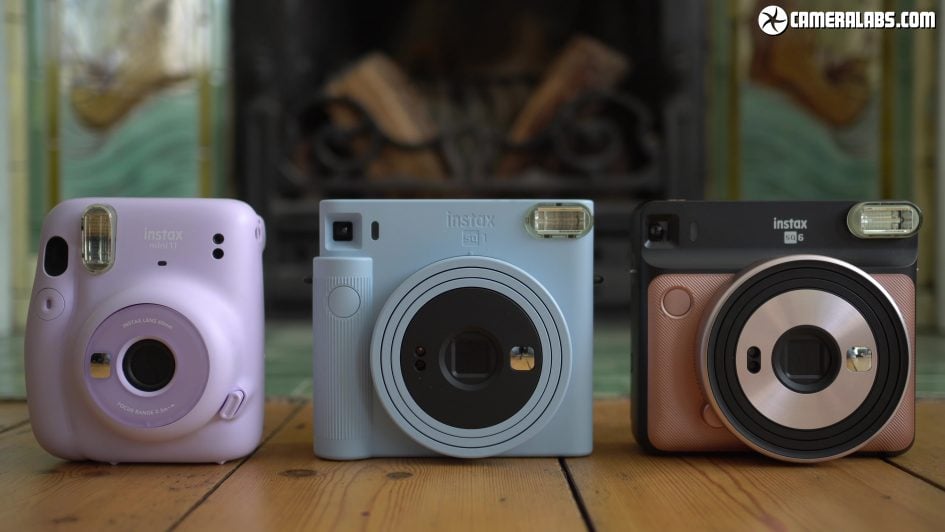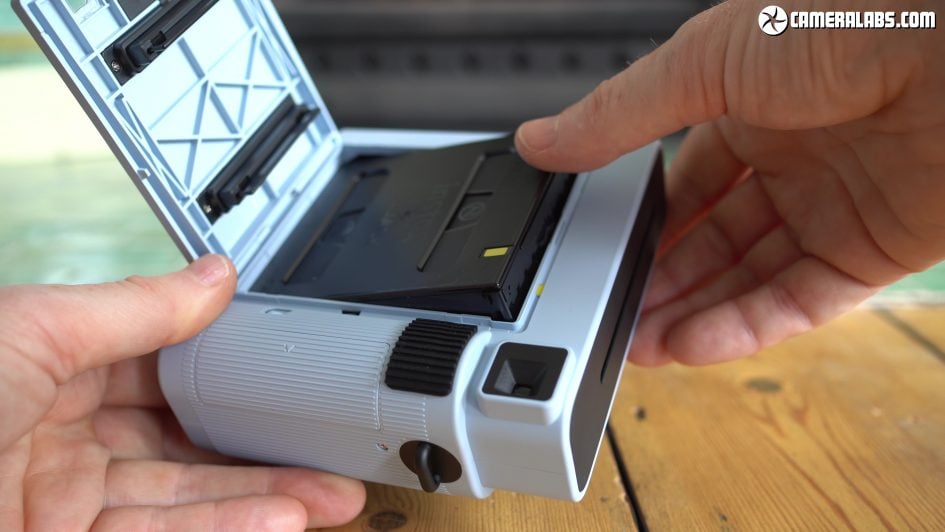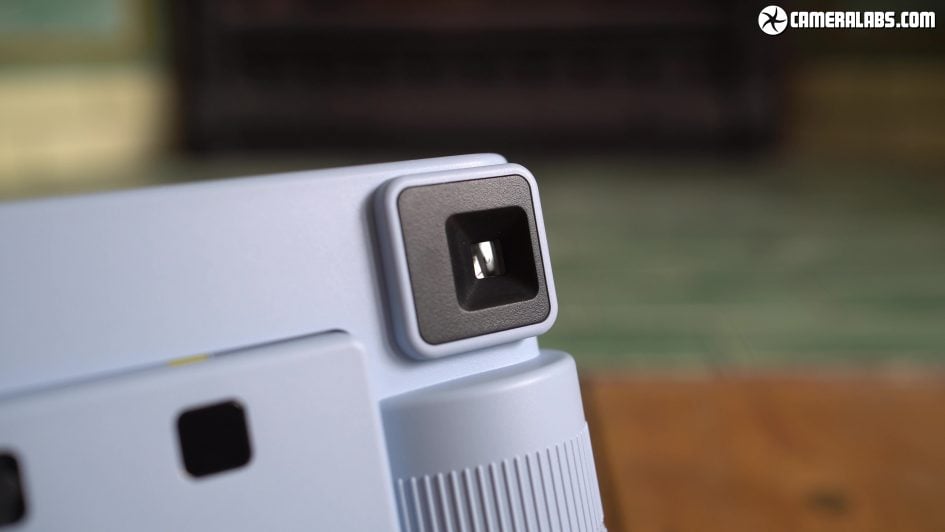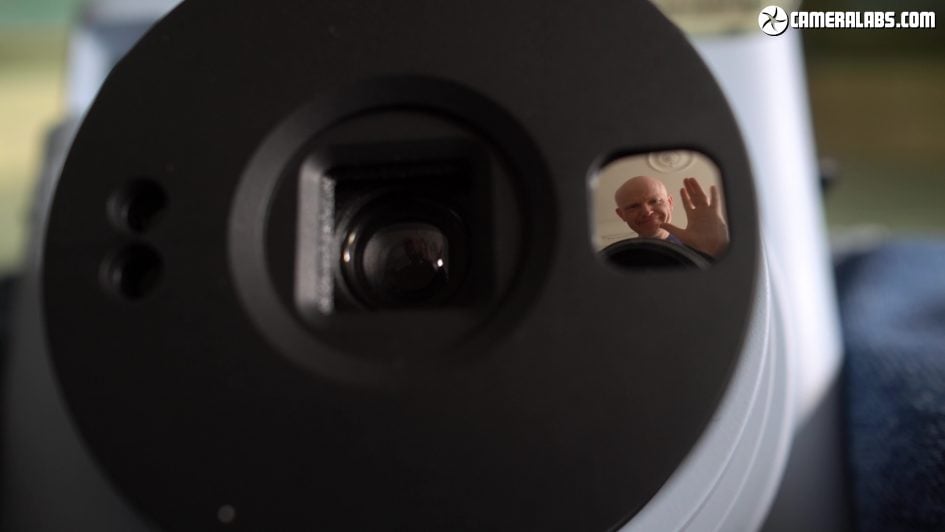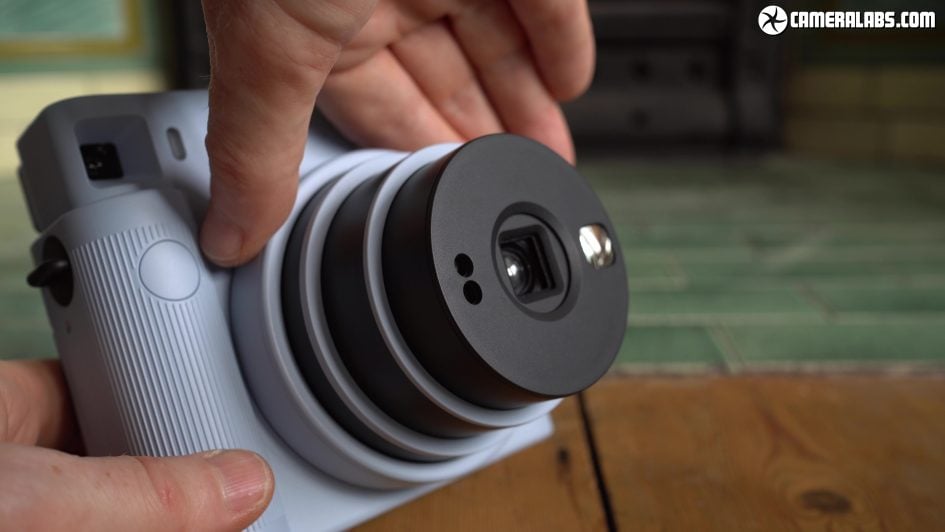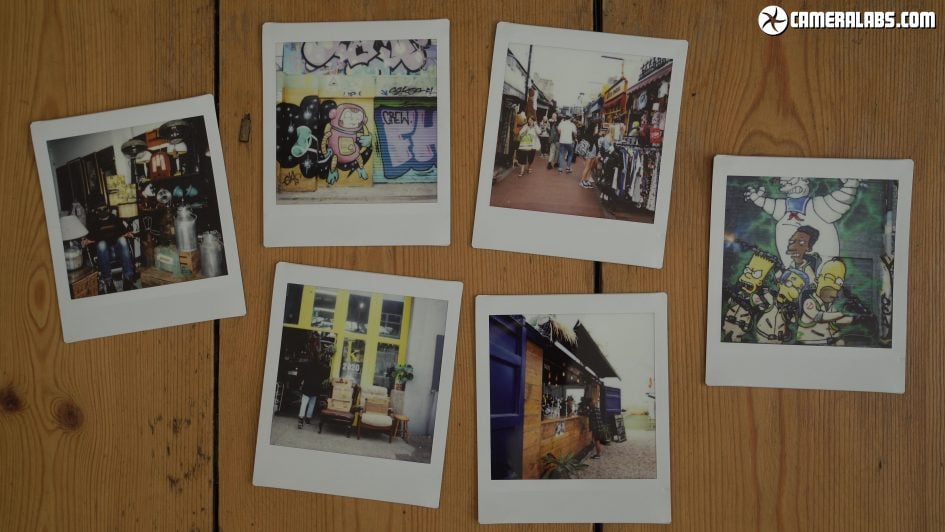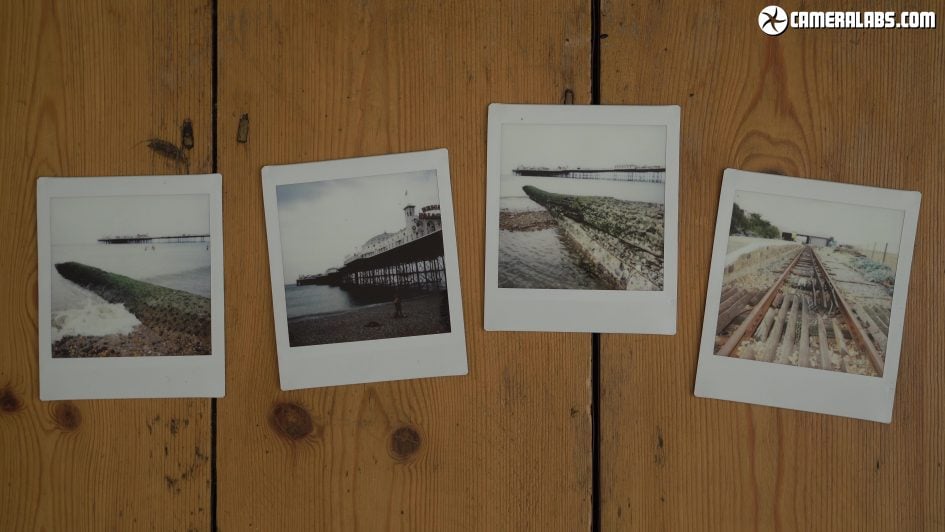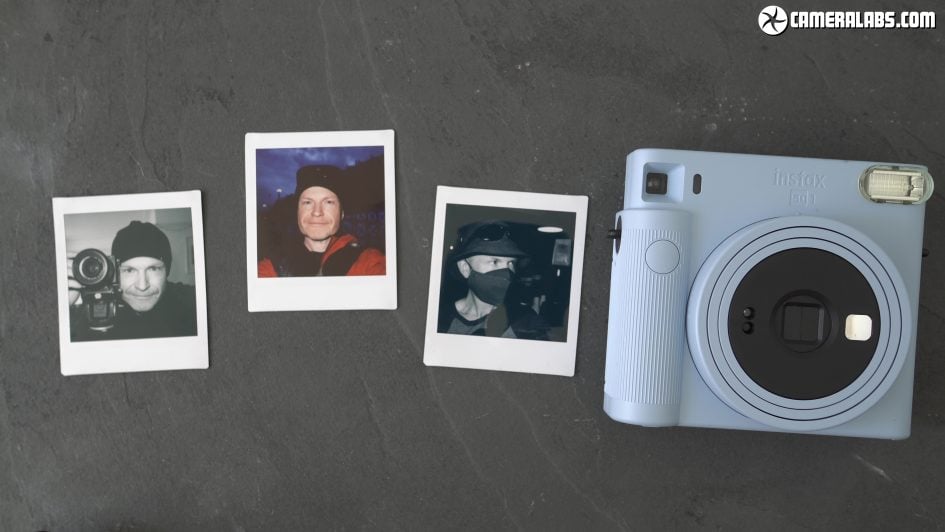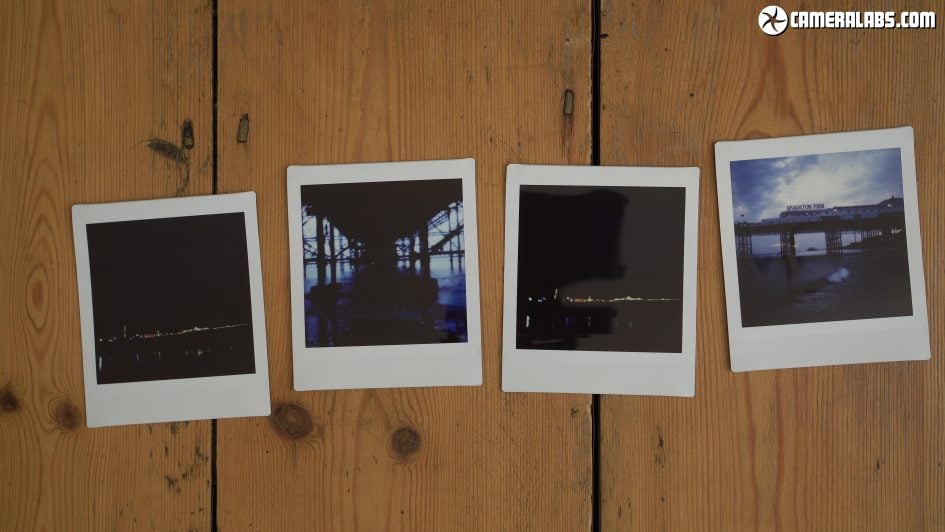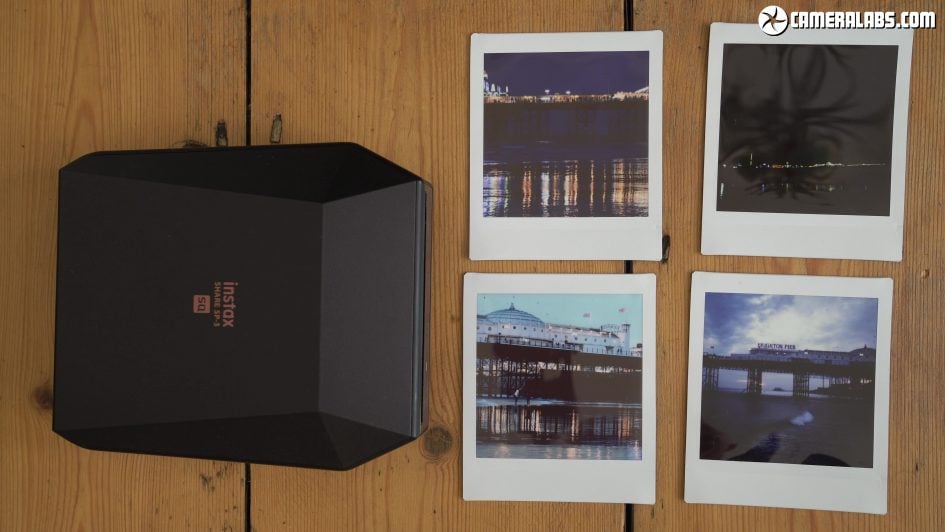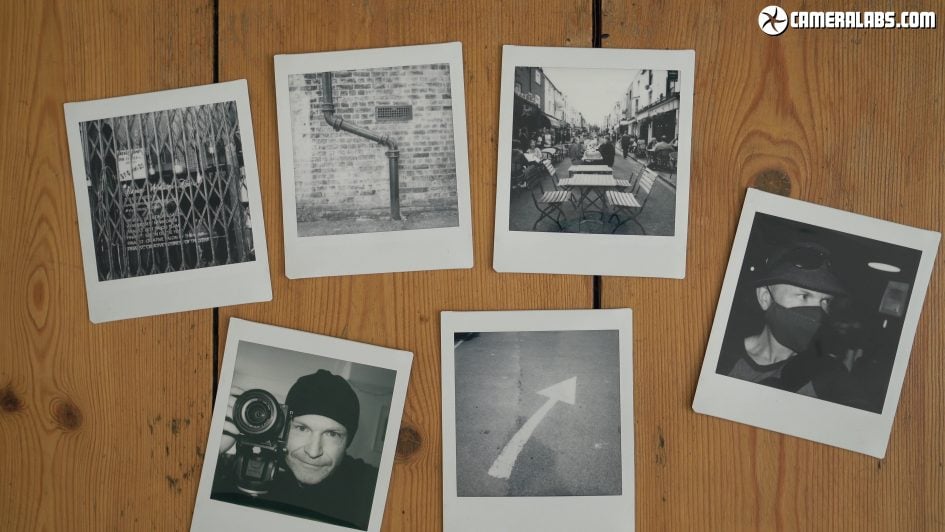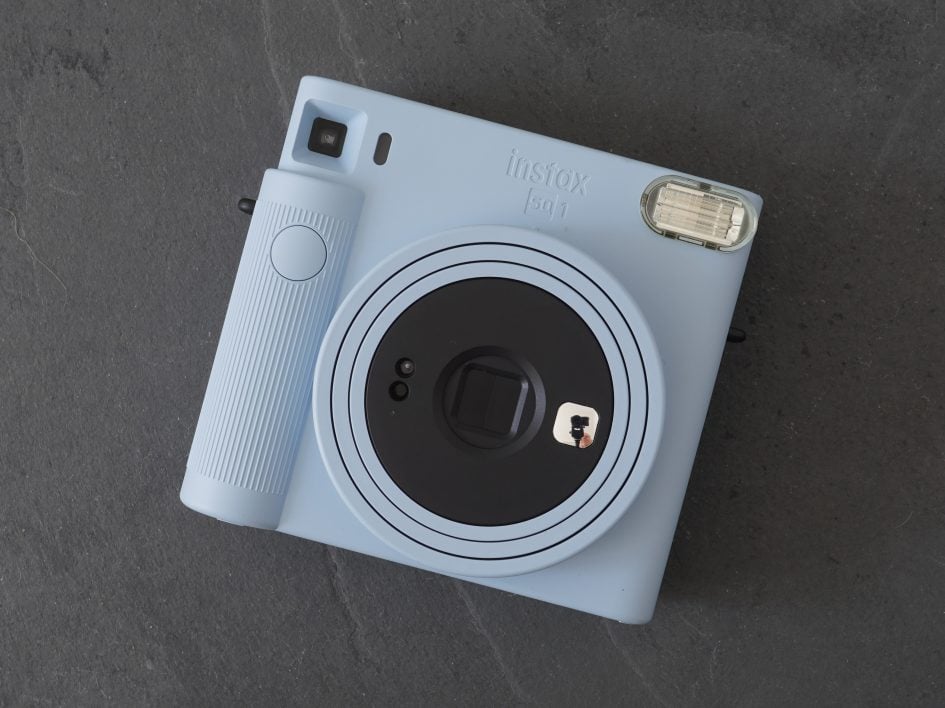Fujifilm INSTAX SQ1 review
-
-
Written by Gordon Laing
The INSTAX SQ1 is the latest instant camera from Fujifilm to use INSTAX square film. Like the hugely popular INSTAX Mini series, the SQ1 is a fully analogue camera, ejecting small prints immediately after pushing the button, which gradually develop before your eyes with the finished image appearing about 90 seconds later. The big difference between the SQ1 and the Minis though are their larger square prints that share similar proportions to classic polaroids. The INSTAX Mini and Square photos may be the same height, but the square versions look larger overall, and I personally much prefer them.
Launched in September 2020 and available in Chalk White, Terracotta Orange or Glacier Blue, the SQ1 becomes the simplest and most affordable model to use the INSTAX square film, although do keep an eye on prices of older models like the more sophisticated INSTAX SQ6 which may be available at a lower price still. In my review I compared the SQ1 against the older SQ6 and cheaper Mini 11 to help you choose the right model – it’s all in the video below, although if you prefer a written version, keep scrolling!
Above: INSTAX square prints come in packs of ten, with twin packs generally representing the best value at around 18 dollars or pounds, so that’s about 90 cents or pence per print – only a little more than MIni film now and for my money, way nicer to look at.
Above: Like the Mini versions, Fujifilm also sells square film with different coloured borders and there’s now finally black and white film available in the square shape.
Above: The SQ1 box contains the camera, a neck strap, instruction manual, a sticky pad to provide a little more purchase for your thumb, and a pair of disposable CR2 Lithium batteries to power it – these should be good for around 30 packs, or 300 prints. Sadly there’s no film included in the standard box to get you started unless you buy it in a bundle.
Above: Here’s the SQ1 flanked by the Mini 11 on the left and the SQ6 on the right. It’s kinda like a cross between them with the fully auto simplicity of the Mini 11 but now with square pictures and the more angular design of the SQ6, albeit lacking its additional controls and motorised lens.
Above: Like earlier INSTAX cameras, the SQ1 is extremely simple to use. Round the back you’ll find a large door for loading film, although do check the window first for a yellow mark which means you’ve already got a cartridge loaded; if you do, a counter towards the bottom right will tell you how many shots you have left. If the counter says S, you’re safe to open the door and load a new cartridge – just align the yellow mark on the cartridge with the one on the camera, push it inside, then close the door. Next switch on the camera by twisting the large circular lens barrel which also extends the lens for use. Before you can take any photos, you’ll first need to eject the initial safety sheet, so just push the shutter button and it’ll pop out; you can throw this away. Now the counter on the rear will indicate you have ten shots remaining and you’re good to go. Here you can see I have four shots left.
Above: Again like the fully-analogue INSTAX models before it, composition is with a small optical viewfinder when you’re behind the camera, or a tiny mirror to the right of the lens when you’re in front of it taking a selfie.
Above: I actually found it easier to hold for selfies, as my thumb tended to get in the way of my eye as I brought it to the viewfinder. Either way, like all analogue INSTAX cameras you should expect some framing inaccuracies, especially at closer range, but not quite knowing what you’re going to get is all part of the charm, right?
Above: The main control on the camera is the twistable lens ring with two positions depending on focusing distance: the first twist powers-on the camera and focuses it on subjects beyond half a meter, while twisting it further to the selfie position refocuses the lens to between 30 and 50cm. When you’re done, just twist it all the way back again to retract the lens and power it off. Beyond that, the SQ1 is fully automatic with no manual control over exposure or the flash which fires on every shot like most of the Minis.
Above: Ok, here’s some shots I took with the SQ1. The simple lens delivers mild wide-angle coverage that’s suitable for general-use from portraits and selfies to buildings and landscapes. Exposure is again automatic with the camera able to access shutter speeds from 1.6 to 400th of a second that, with the fixed aperture and film sensitivity, should cover you from fairly bright scenes to dim interiors.
Above: Very bright scenes are however still likely to over-expose with washed-out skies becoming a familiar sight on all the INSTAX cameras I’ve tested, but at least the SQ1 and SQ6 are an improvement over the Mini 11 which has a fastest shutter speed of 1/250 and especially the Mini 9s and earlier models which stopped at 1/60 and over-exposed in even mild brightness. That said, I think Fujifilm should boost the top shutter speed to 1/500 or maybe faster still on future models to better cope with very bright conditions.
Above: Meanwhile at the other end of the scale, access to longer shutter speeds allow the SQ1 to follow the SQ6 and Mini 11 to capture more of the surroundings in dim interiors. Where older models often made every interior look like a dark night club, the newer models do a better job at balancing the light of the flash with what’s behind in the background.
Above: That said, don’t expect miracles. At a certain point there won’t be enough light for the limited exposure range to deal with. Here’s a selection I took of Brighton Pier just after sunset during the blue hour, but with no foreground for the flash to illuminate, I was left with little on the prints – frustrating when you’re spending the best part of a dollar or pound every time you push down on the shutter. Ker-ching!
Above: That’s not to say the INSTAX process can’t make great-looking prints of very bright or very dark scenes, but you’re unlikely to be using an INSTAX camera to take them. If you love the INSTAX format but are happy to trade the immediacy, surprise and ephemeral nature of the cameras for something more predictable, you could simply buy an INSTAX printer like the SP3 on the left and feed it quality images from your phone, including photos taken with a bigger camera. Here’s a couple I took during the same blue hour of Brighton Pier using a Canon EOS 850D / T8i before copying them to my phone and sending them to the SP3. The DSLR shots are on the left and the SQ1 shots on the right. As always if you buy an INSTAX camera, you have to understand what it can and can’t do.
Above: Here’s a few photos shots around town with the SQ1, including a bunch in the new monochrome film. The photo quality and overall capabilities are unsurprisingly similar to the Mini 11, albeit with the larger square prints, but even with the limitations there’s no denying the charm of the INSTAX process. Yes they can look faded at times and yes, you don’t always capture the exact framing you had in mind. But I still love the stylised look of the prints, as do most people I show them to, and judging from a bunch I have on a wall at home, they also have reasonable longevity as well. INSTAX remains by far my favourite of the instant formats.
Fujifilm INSTAX SQ1 verdict
Overall the INSTAX SQ1 is a nice addition to the INSTAX family, bringing the fully-automatic simplicity of the Mini 11 with the larger square format. Like the Mini 11, it’s a pure point-and-shoot with no control beyond choosing whether the focusing range is near or far. If you desire a little more control over the exposure process, the INSTAX SQ6 allows you to lighten or darken the exposure by two thirds of a stop, supports double exposures and even employs a motorised lens that extends to the desired length depending on the mode set on the rear. For me, this makes the SQ6 more desirable overall, plus it has the bonus of looking like a giant Instagram logo.
Having tested several generations of INSTAX cameras, each new model may tweak the feature-set with a few improvements, but I’m beginning to realise the choice between them is more about their actual style. Different generations are available in different shapes and colours, and these alone may draw you to one more than another. The SQ1 for example is more angular with bolder colours than the more rounded and pastel-colours of the Mini 11. There’s no correct choice here, just the one you prefer the look of.
There’s also price to consider. Each new generation of INSTAX camera faces the fact the previous one is often discounted to a lower price, so while the SQ1 is in theory the cheapest model to take the square film to date, you may find the older but more capable SQ6 actually selling for less. This makes the SQ6 a no-brainer for me, and even if it’s pricier, the extra control is worth having. If you want the cheapest INSTAX of all though, you’ll need to go for the narrower Mini format and my choice in that series is the Mini 11 for its broader exposure range. Meanwhile those who never want a wasted print and like the idea of making INSTAX photos from their larger cameras should get an instant printer, either the Mini for the smaller film or the SP3 for square prints. I’ve got reviews of both models and often use the SP3 at home, although I still enjoy the more unexpected experiences with a fully-analogue self-contained INSTAX camera.
Ultimately I love the INSTAX square format, so unsurprisingly enjoyed my time with the SQ1 – and I’d buy it over the Mini 11 for the bigger prints. That said, I’d also prefer to have the slightly greater control of the SQ6, but you may prefer the sheer simplicity of the SQ1. Like many earlier INSTAX cameras, a lot will boil down to which colour and shape you prefer and which has the best deal at the time you’re buying. Whichever you end up getting, I still think every household benefits from having an instant camera, but before I go, a quick request for the INSTAX team: any chance of making some new INSTAX Wide products? A printer would be lovely thanks!
Check prices at Amazon, B&H, Adorama, eBay or Wex. Alternatively get yourself a copy of my In Camera book, an official Cameralabs T-shirt or mug, or treat me to a coffee! Thanks!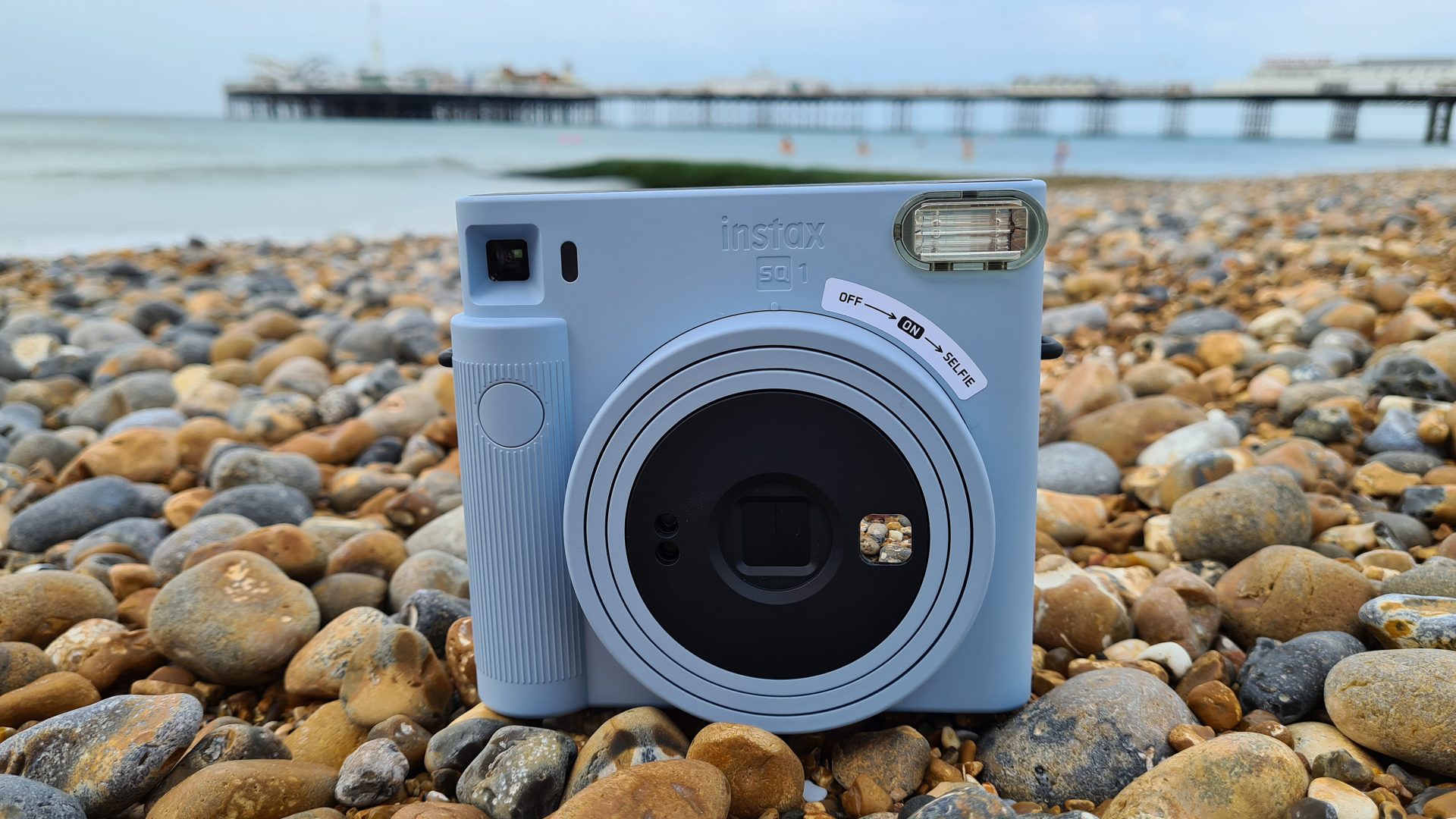
 The INSTAX SQ1 is a nice addition to the INSTAX family, bringing the fully-automatic simplicity of the Mini 11 with the larger square format. Like the Mini 11, it’s a pure point-and-shoot with no control beyond choosing whether the focusing range is near or far. If you desire a little more control over the exposure process, the INSTAX SQ6 allows you to lighten or darken the exposure by two thirds of a stop, supports double exposures and even employs a motorised lens that extends by itself. Coupled with potential discounts for age, the SQ6 is more desirable to me overall, but if you’re looking for a cheaper entry into the INSTAX family, the Mini 11 represents great value. Meanwhile those who never want a wasted print and like the idea of making INSTAX photos from their larger cameras should get an instant printer, either the Mini for the smaller film or the SP3 for square prints. Ultimately I love the INSTAX square format, so unsurprisingly enjoyed my time with the SQ1 - and I’d buy it over the Mini 11 for the bigger prints. Again though I prefer the greater control of the SQ6, but you may prefer the sheer simplicity of the SQ1. Like many earlier INSTAX cameras, a lot will boil down to which colour and shape you prefer and which has the best deal at the time you’re buying.
The INSTAX SQ1 is a nice addition to the INSTAX family, bringing the fully-automatic simplicity of the Mini 11 with the larger square format. Like the Mini 11, it’s a pure point-and-shoot with no control beyond choosing whether the focusing range is near or far. If you desire a little more control over the exposure process, the INSTAX SQ6 allows you to lighten or darken the exposure by two thirds of a stop, supports double exposures and even employs a motorised lens that extends by itself. Coupled with potential discounts for age, the SQ6 is more desirable to me overall, but if you’re looking for a cheaper entry into the INSTAX family, the Mini 11 represents great value. Meanwhile those who never want a wasted print and like the idea of making INSTAX photos from their larger cameras should get an instant printer, either the Mini for the smaller film or the SP3 for square prints. Ultimately I love the INSTAX square format, so unsurprisingly enjoyed my time with the SQ1 - and I’d buy it over the Mini 11 for the bigger prints. Again though I prefer the greater control of the SQ6, but you may prefer the sheer simplicity of the SQ1. Like many earlier INSTAX cameras, a lot will boil down to which colour and shape you prefer and which has the best deal at the time you’re buying.